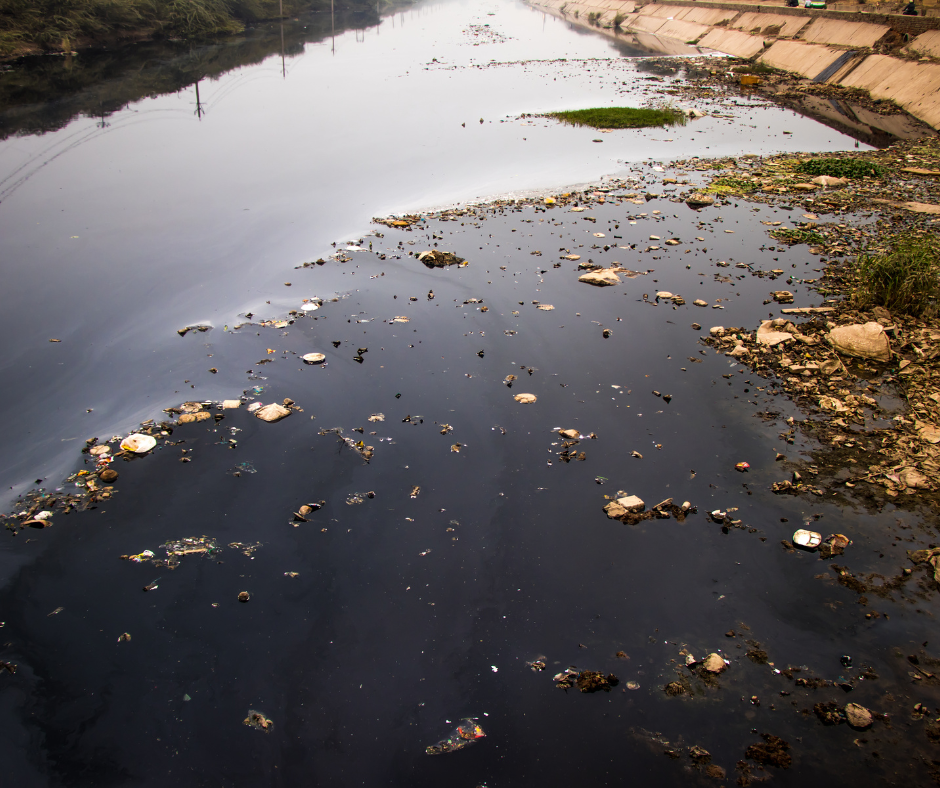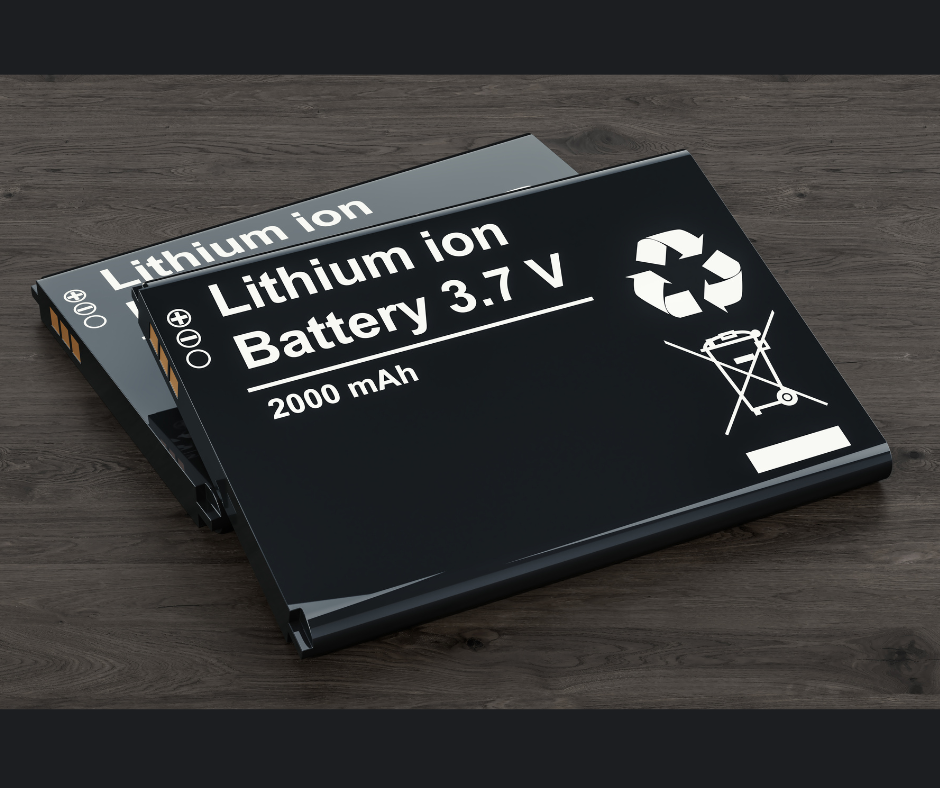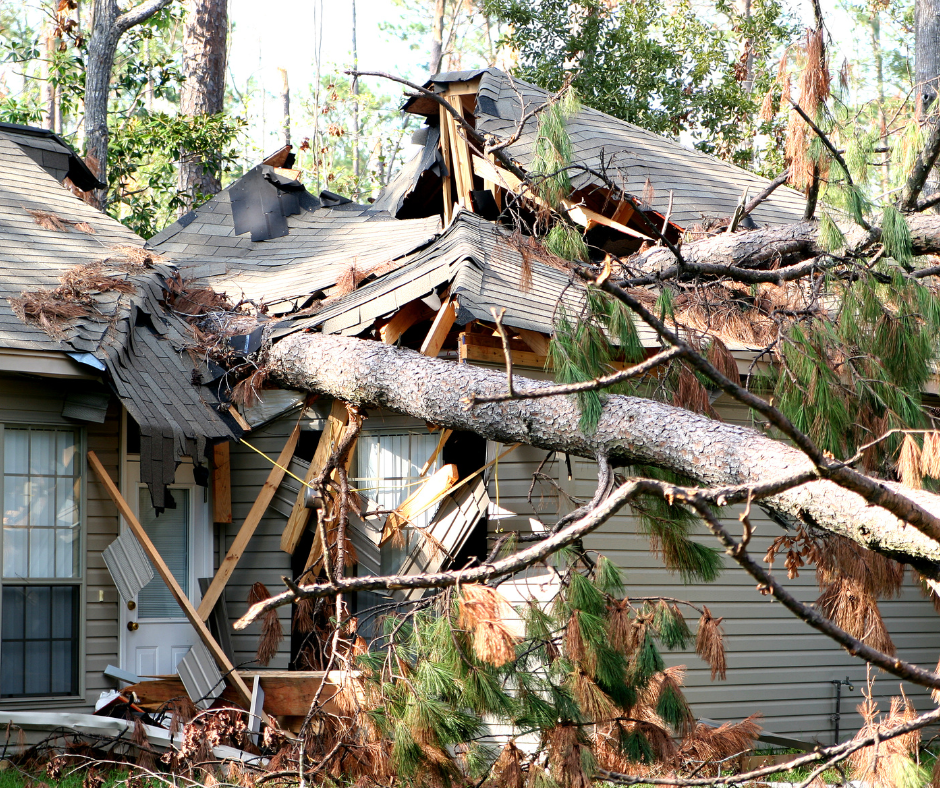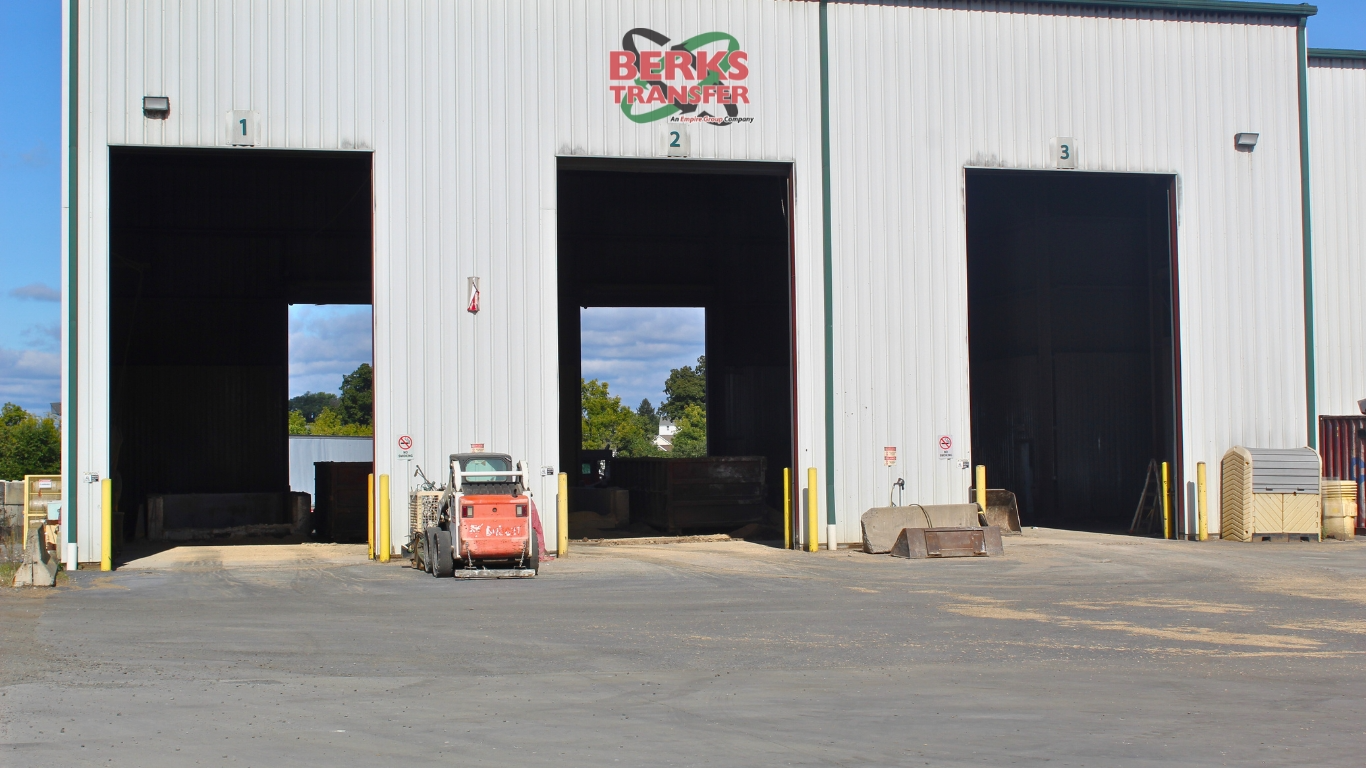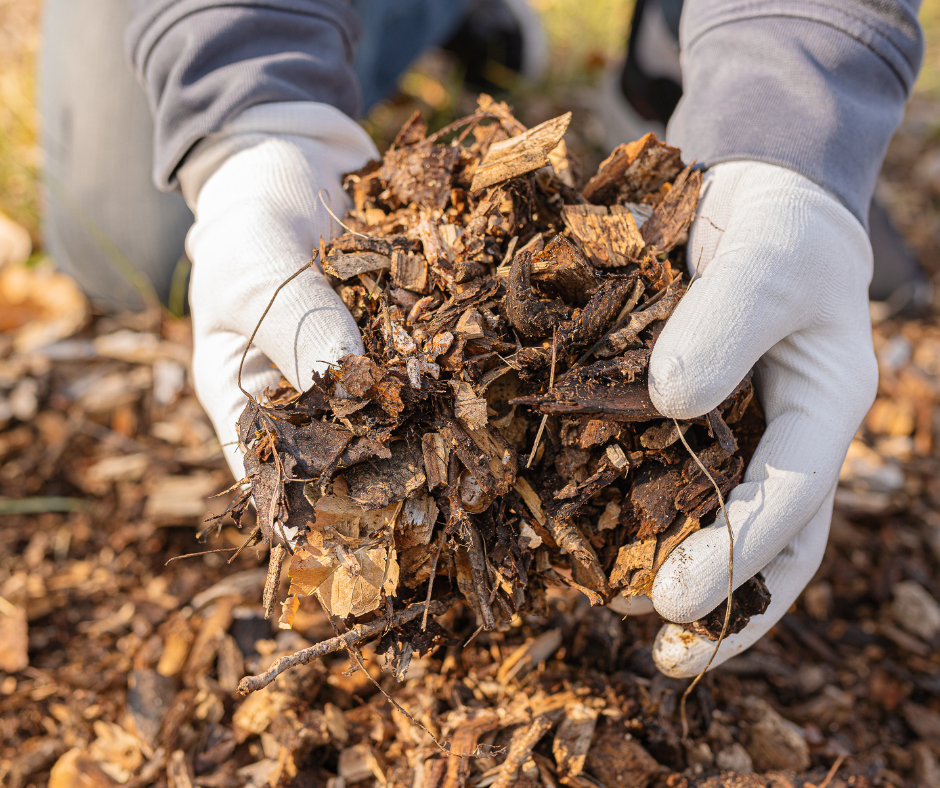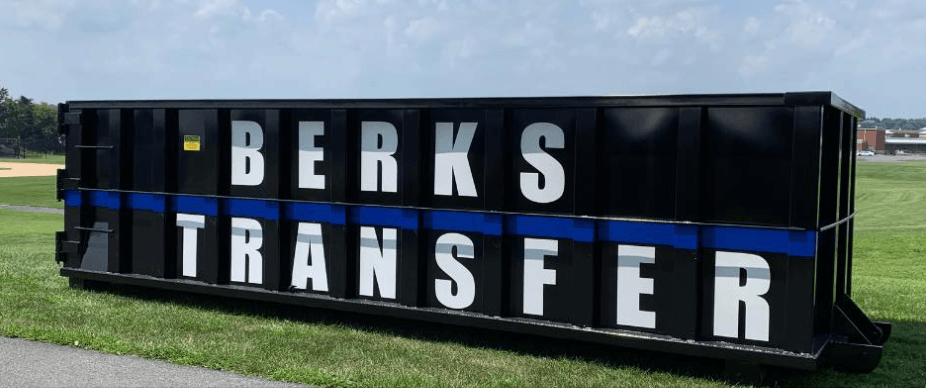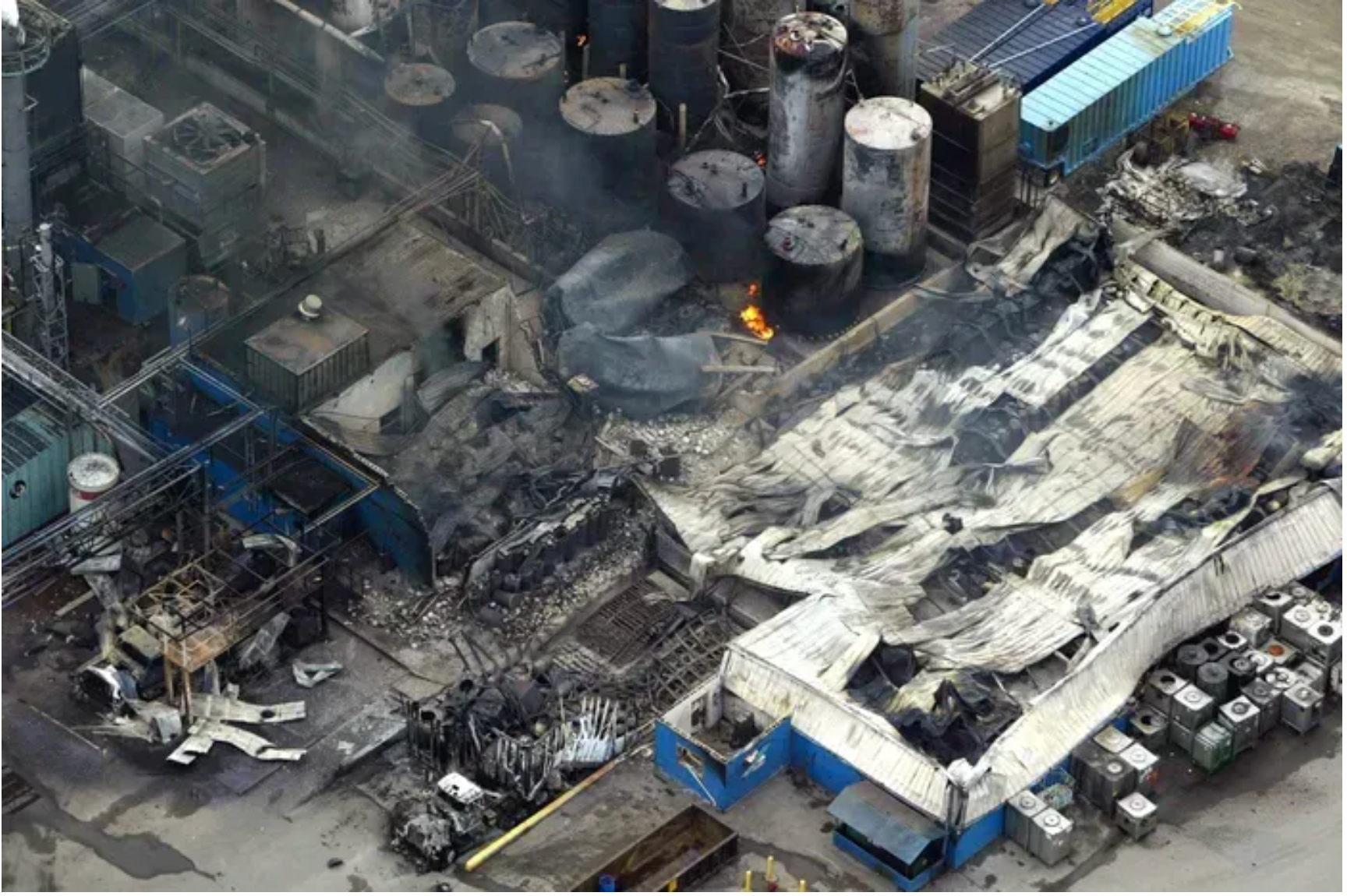
Source: Detroit Free Press
Fires at Recycling Facilities: A Growing Crisis in Waste Management
The waste and recycling industry plays a vital role in maintaining public health and environmental sustainability. Yet, it's facing a growing challenge that threatens both operational efficiency and safety: fires sparked by improperly discarded lithium-ion batteries.
From smartphones and laptops to toys and even greeting cards, lithium-ion batteries are everywhere—and when disposed of incorrectly, they can turn waste facilities into fire hazards. In fact, according to the National Waste & Recycling Association (NWRA) and Resource Recycling Systems (RRS), there are an estimated 5,000 fires at waste and recycling facilities in the U.S. every year.
The Rising Risk: Lithium-Ion Batteries in the Waste Stream
One of the biggest challenges in modern recycling operations is the increasing presence of lithium-ion batteries in everyday waste.
While these batteries are safe when used correctly, they become dangerous when:
- Thrown in household trash or recycling bins
- Damaged during transport or sorting
- Exposed to heat or pressure inside waste piles
Once compromised—by a puncture, impact, or compression—lithium-ion batteries can ignite or explode, setting off fires that spread rapidly through flammable materials like paper, cardboard, and plastics.
2022: A Dangerous Turning Point
The year 2022 marked a record high in fire-related incidents at waste facilities. For facility operators, the consequences go far beyond property damage:
- Worker safety is at risk
- Downtime can cost thousands of dollars per hour
- Reputational harm impacts community trust
- Environmental damage from toxic smoke and runoff
It's clear that traditional safety systems aren’t enough. Waste facilities need a smarter, faster way to detect and address hazards before they escalate.
A Game-Changer: AI-Powered X-Ray Detection Technology
Fortunately, the industry may have found its most powerful tool yet in the fight against waste facility fires: AI-enabled x-ray detection systems.
Unlike standard cameras or manual inspections, these intelligent systems can:
- Scan waste in real-time
- Identify high-risk items like lithium-ion batteries
- Classify and flag hazardous materials
- Support proactive removal before sorting or processing begins
By integrating AI-driven x-ray systems into waste and recycling lines, facilities gain the ability to spot danger before it turns into disaster. This technology not only enhances safety but also supports operational efficiency, reducing costly shutdowns and insurance claims.
Fires at waste facilities caused by lithium-ion batteries are no longer rare—they're a daily risk. But with new technologies like AI-powered x-ray detection systems, the industry is poised to transform a crisis into an opportunity for innovation, safety, and sustainability.
